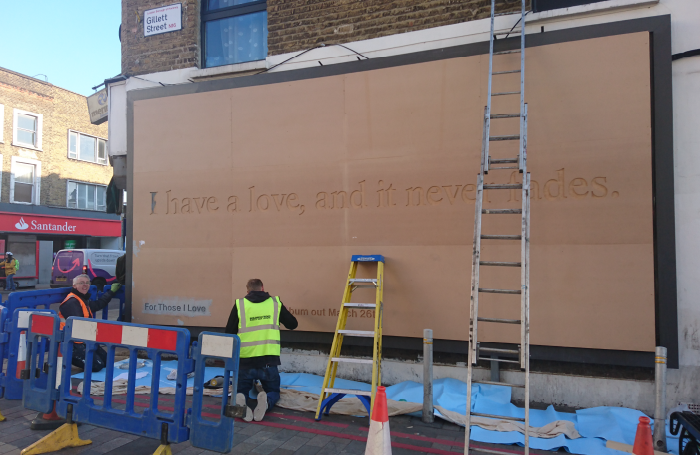Setting a destination
When ‘retirement’ was invented people only lived a few years beyond it, but now we are likely to live more than 20 years. This is seen as an economic problem; how do we pay for pensions and social care? But what might it release if the final third of life was reimagined as a place of purpose, creativity and connection? This project piloted a scalable pre-retirement emotional resilience course designed to release a generation of people in Britain into purposeful futures.
Ways of seeing
Many people bang up hard against the negative story of getting older when they approach retirement. The bang comes from two ‘ways of seeing’. One that says you’re finished, it’s time to withdraw your productivity, and the other which says this is the light at the end of the tunnel, now you can relax! Both narratives leave people disconnected from purpose and creativity.
During the course we used real life stories of people who had retired to spark conversations about what participants anticipated, feared and hoped for. The abundance of these discussions revealed the shocking absence of them in everyday life, ‘what’s it like to retire’ is not a normal conversation.
‘My daughter is on my case telling me I should get a job after I take retirement from this one because I should keep on earning to save for if I need it later. But talking it all through with the others here, it’s not about what she wants, it’s about what’s right for me. I need to follow the things that give me joy and tell her to back off!’
Ways of being
As well as listening to retirement stories collected by us, participants went out to collect one of their own from a friend or neighbour using a loose guide we had prepared. Gleaming faces revealed the unexpected depth of connection and support created with their friends by simply listening and giving the conversation room and attention.
‘It’s like I’m looking around at the people in my life who are going through it, as some kind of emerging super-hero now, or a delicate unfurling rose’.
In each location we designed a labyrinth; a non-linear pre-set reflective walk which participants did individually but simultaneously. In acknowledgement of the threshold they were passing over, the walk took them through a series of questions about the things they wish to leave behind, what they want to nurture at the heart of their lives, and what new things they want to pick up. Although this was a bit weird for some, for many it brought forth a refreshed map for their future and a self confidence to step into it.
‘Moving from Chester to Leeds 25 years ago was the biggest change I’ve ever made, it was so hard to start again, and I now see I was feeling the same about this. But I’m not going to be the person who sits at home watching the telly. It’s really scary, but I’m going to get back out in the world and do the things I care about.’
Ways of doing
In each location we invited local entrepreneurs, employers, civil society and community groups to talk about opportunities in the community to stay connected to purpose be that an old passion or a new one. It was crucial to do this part last on the course, because the work of dispelling the ways of seeing that limit us, and the ways of being that restrict our confidence and curiosity allowed participants to be courageous in their ‘doing’ plans and imaginings.
‘I’ve been retired two years and I’ve painted the garage doors 3 times! I need something to do that stretches me, that makes a difference.’ I know what that is now, and how to make that happen.’
We are always arriving
Participants shared many ways in which the course had created turn-around insights which expanded what they could imagine and step into beyond ‘retirement’. The systemic challenges however have limited the spread of this course across the community. Employers aren’t willing to pay for it and Government fails to see how this offer would reduce the costs of pensions and social care.


